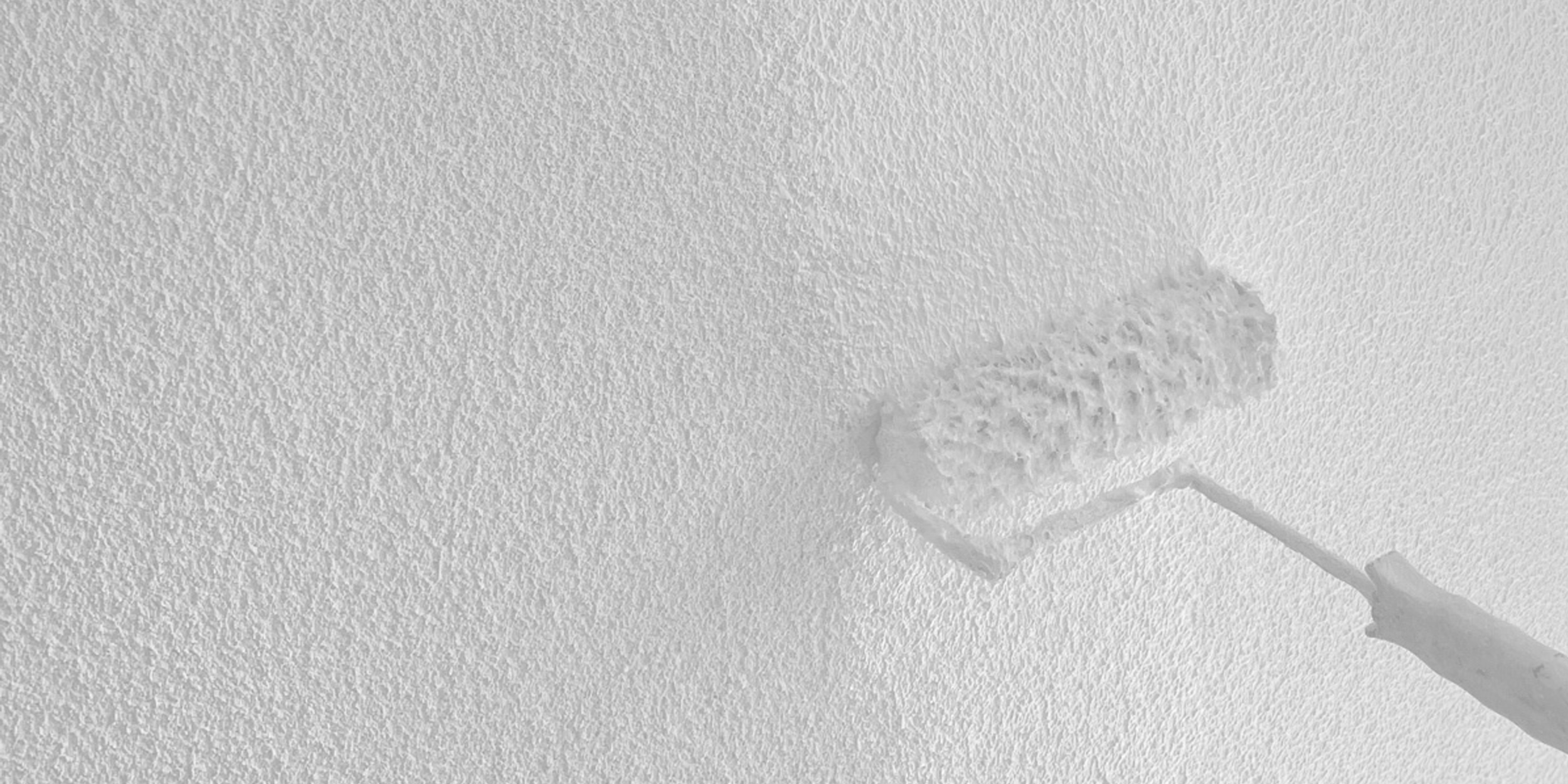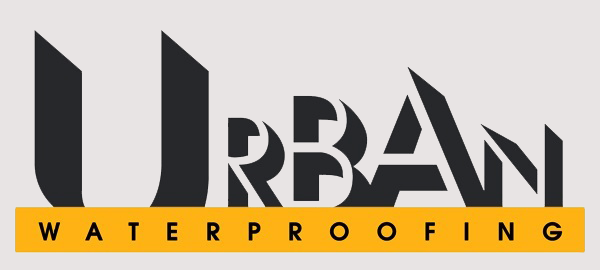
Roof & Wall Coatings
Exposure to moisture and thermal cycling can deteriorate the materials commonly used in building construction, allowing water into the wall cavities, resulting in mold, interior finish damage, and safety hazards when building components become so loose they fall from the building.
Wall coatings should be inspected annually and replaced every 5-7 years. Areas that have more contact with UV rays, however, need earlier replacement.
Why Invest In Roof & Wall Coatings
Porous materials like concrete, plaster, and wood
need to be sealed to prevent moisture incursion.
Applied by either roller or spray, roof and wall coatings provide a monolithic protective finish for the building envelope. Exposure to moisture and thermal cycling can deteriorate the materials commonly used in building construction.
Once weakened or cracked, water can penetrate through the outer layers and damage the reinforcing, causing the concrete to crack and fall off the building or dry rot in wood substrates.
Building materials, such as concrete, plaster, and wood, need a protective finish to shed water, which prevents the deterioration of the substrate beneath. Roofs—both metal and mineral cap sheets—can extend their lives and reduce their temperatures with new coatings, which is why protective roof and wall coatings are an integral component of your building’s complete envelope system.
Here are some things to consider to set your roof and wall coating waterproofing project up for success:
Understand the goals of the coating: do you need a robust, high-build waterproof coating? Or a thinner, more UV-resistant, breathable application?
Adhesion tests are important at the project’s outset to ensure the coating system used will adhere properly.
Elastomeric coatings provide great flexibility to bridge cracks in the substrate but are less forgiving for moisture trapped in the substrate. Moisture readings are important to make sure the substrate is ready for coating with an elastomeric.
Elastomerics, being a little more “rubbery” than traditional acrylic paint (especially silicone elastomerics), can attract dirt more. Color choice or a cleaning program should be considered when choosing this coating if dirt pickup is an issue.
Consider the color: dark colors will age and fade faster than pastels.
When undertaking a roof coating project, make sure there isn’t any water trapped in the substrate.

Types of Buildings We Work On
SUCCESS STORIES
We protect your building envelope from the elements
Services
-
The most common form of elastomeric, as the name implies, has “elastic” qualities. Applied at 8-12 mills of dry thickness, it is a high-build coating that can bridge small cracks that develop in masonry substrates. Lower UV resistance than traditional paint and can also attract dirt.
-
These coatings have a “self-cleaning” effect. Water droplets essentially ball up more like a car that has just been waxed.
-
An elastomeric variety, it has outstanding resistance to UV and performs longer than regular acrylic elastomerics or paint; however, it is prone to dirt pickup.













